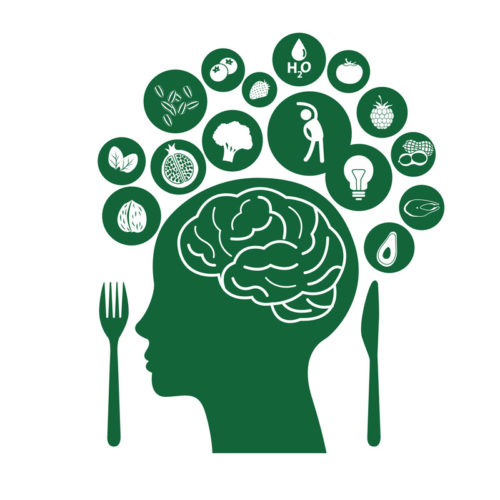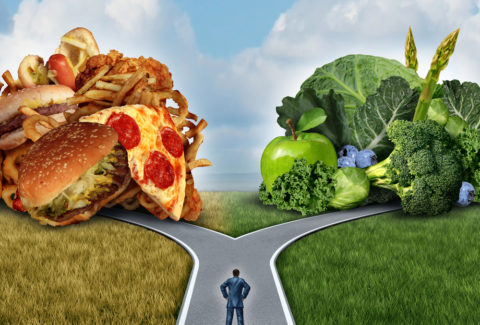Hunger: A Basic Human Instinct and Its Multifaceted Causes
Hunger, a fundamental human instinct, transcends mere physiological need, encompassing complex psychological, social, and environmental dimensions. While its roots lie in the primal urge for sustenance, the experience of hunger is profoundly influenced by a myriad of factors, ranging from socioeconomic disparities to cultural norms. In this article, we delve into the intricate tapestry of hunger, exploring its evolutionary origins, physiological mechanisms, and the diverse array of factors that contribute to its prevalence and persistence in modern society.
Evolutionary Foundations:
At its core, hunger is a primal survival mechanism deeply ingrained in the evolutionary history of our species.[1] Millennia of adaptation have shaped human physiology to recognize and respond to signals of energy depletion, triggering a cascade of physiological responses[2] aimed at securing vital nutrients for survival. The evolutionary imperative to seek out food sources and consume sufficient calories remains a driving force behind our instinctual relationship with hunger.
Physiological Mechanisms:
The physiological experience of hunger is orchestrated by a complex interplay of hormones, neurotransmitters, and neural pathways within the body. Ghrelin, often referred to as the “hunger hormone[3],” signals the brain to stimulate appetite and initiate food-seeking behavior. Conversely, hormones such as leptin and peptide YY act as satiety signals[4], signaling feelings of fullness and reducing food intake. Dysregulation of these hormonal systems can disrupt the delicate balance between hunger and satiety, contributing to conditions such as obesity and eating disorders.
Social and Environmental Influences:
While hunger may originate from biological imperatives, its manifestation and prevalence are profoundly shaped by social and environmental factors. Socioeconomic disparities[5], food insecurity[6], and unequal access to nutritious foods[7] play a pivotal role in exacerbating hunger and malnutrition across populations. Structural inequities, including poverty, unemployment, and lack of affordable housing, perpetuate cycles of food deprivation and exacerbate health disparities.
Cultural and Psychological Dimensions:
Cultural norms[8], beliefs, and practices surrounding food consumption also influence the experience of hunger. Cultural attitudes toward body image[9], dieting, and food preferences can shape individual behaviors and attitudes toward eating.[10] Moreover, psychological factors[11] such as stress, trauma, and mental health conditions may impact appetite regulation and contribute to disordered eating patterns.
Addressing Hunger: A Holistic Approach:
Addressing hunger and its underlying causes requires a multifaceted approach that encompasses policy interventions[12], community-based initiatives[13], and individual-level interventions. Efforts to alleviate hunger must prioritize equitable access to nutritious foods, promote sustainable agricultural practices, and address systemic barriers to food security. Additionally, initiatives aimed at promoting nutritional literacy[14], fostering culinary skills, and addressing the social determinants of health can empower individuals and communities to make healthier food choices.
Hunger, while rooted in biological necessity, is a complex phenomenon shaped by a multitude of factors spanning the social, environmental, cultural, and psychological domains. By understanding the multifaceted nature of hunger and addressing its underlying determinants, we can work towards building a more equitable and nourished world for all.
Explore these opportunities now:
- Join our self-study certificate course on Physical Wellnessto empower your clients in incorporating the 8 pillars of health.
- Enroll in our self-study certificate course on Behavioral Modificationto become adept at guiding clients in making desired life changes.
- Dive into our New Psychotherapy Self-Study Certificate Courseto assist clients in overcoming obstacles hindering the implementation of their desired lifestyle changes.
[1] Russell, Sharman Apt. Hunger: An unnatural history. Basic Books, 2006.
[2] Simmons, W. Kyle, and Danielle C. DeVille. “Interoceptive contributions to healthy eating and obesity.” Current opinion in psychology 17 (2017): 106-112.
[3] Deschaine, Sara L., and Lorenzo Leggio. “From “hunger hormone” to “it’s complicated”: ghrelin beyond feeding control.” Physiology 37.1 (2022): 5-15.
[4] Ullrich, Sina S., et al. “Comparative effects of intraduodenal protein and lipid on ghrelin, peptide YY, and leptin release in healthy men.” American Journal of Physiology-Regulatory, Integrative and Comparative Physiology 308.4 (2015): R300-R304.
[5] Ekholuenetale, Michael, et al. “Socioeconomic inequalities in hidden hunger, undernutrition, and overweight among under-five children in 35 sub-Saharan Africa countries.” Journal of the Egyptian Public Health Association 95.1 (2020): 1-15.
[6] Ke, Janice, and Elizabeth Lee Ford-Jones. “Food insecurity and hunger: A review of the effects on children’s health and behaviour.” Paediatrics & child health 20.2 (2015): 89-91.
[7] Darmon, Nicole, and Adam Drewnowski. “Contribution of food prices and diet cost to socioeconomic disparities in diet quality and health: a systematic review and analysis.” Nutrition reviews 73.10 (2015): 643-660.
[8] Alonso, Elena Briones, Lara Cockx, and Johan Swinnen. “Culture and food security.” Global food security 17 (2018): 113-127.
[9] Şanlier, Nevin, Duygu Türközü, and Onur Toka. “Body image, food addiction, depression, and body mass index in university students.” Ecology of food and nutrition 55.6 (2016): 491-507.
[10] Atherton, Emma. “Moralizing hunger: Cultural fatphobia and the moral language of contemporary diet culture.” Feminist Philosophy Quarterly 7.3 (2021): 1.
[11] MacCormack, Jennifer K., and Kristen A. Lindquist. “Feeling hangry? When hunger is conceptualized as emotion.” Emotion 19.2 (2019): 301.
[12] Smaller, Carin, et al. “Ending Hunger by 2030–policy actions and costs.” (2020).
[13] Ezekekwu, Emmanuel, et al. “Community-based and system-level interventions for improving food security and nutritious food consumption: a systematic review.” Journal of Hunger & Environmental Nutrition 17.2 (2022): 149-169.
[14] Cabezas, María-Francisca, and Gabriela Nazar. “A scoping review of food and nutrition literacy programs.” Health Promotion International 38.5 (2023): daad090.









